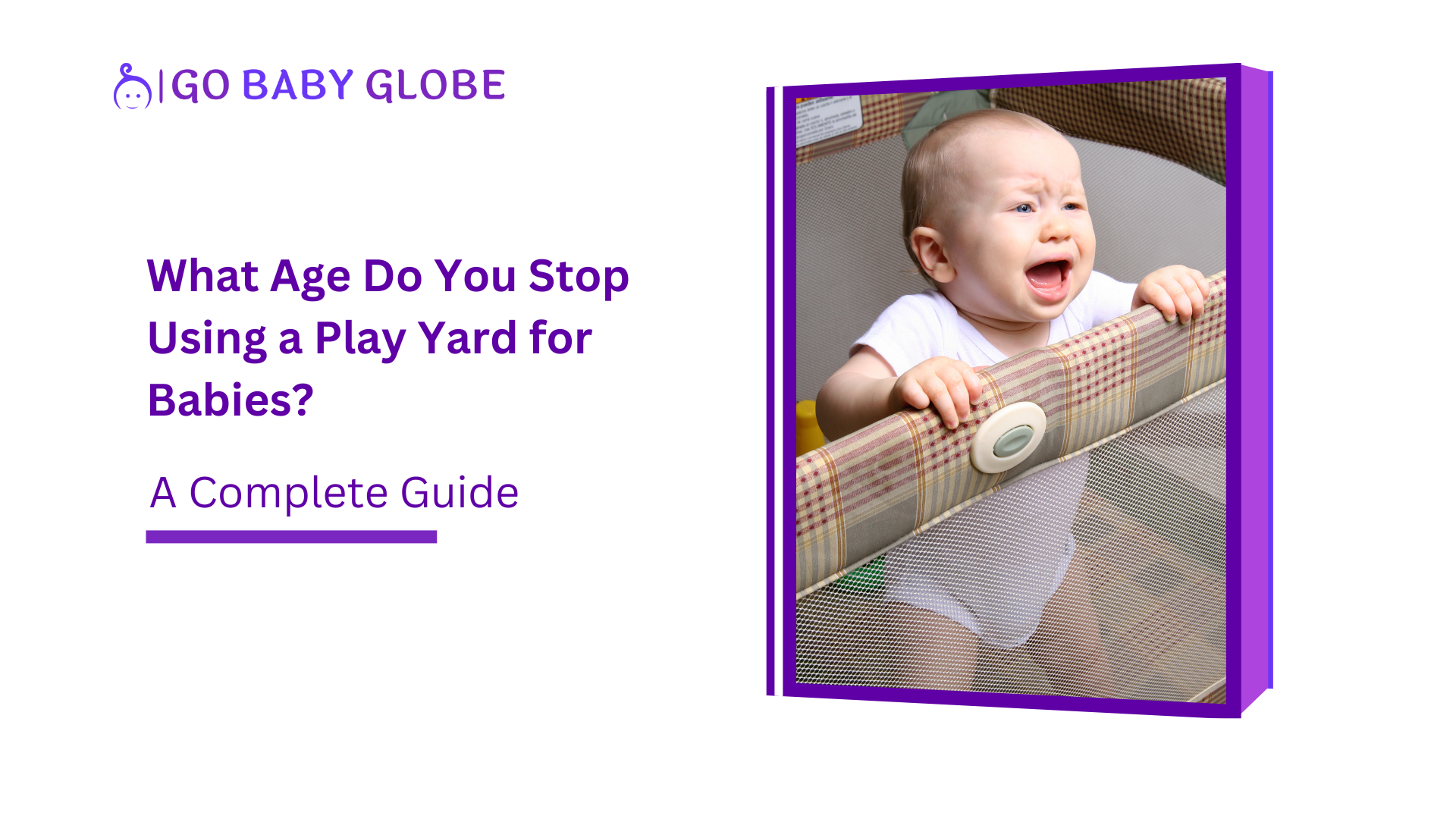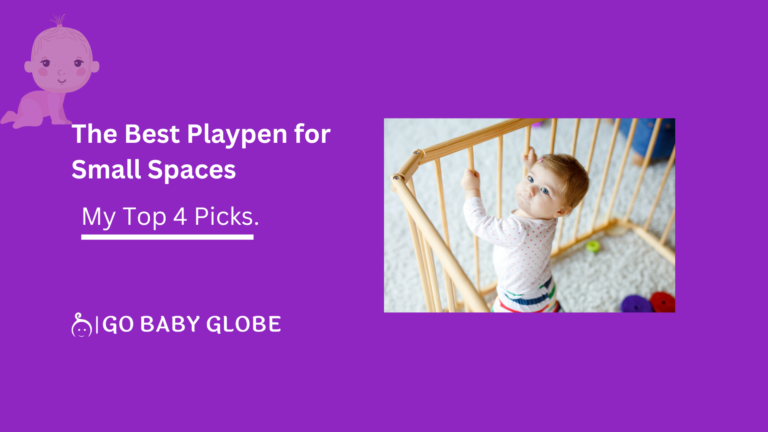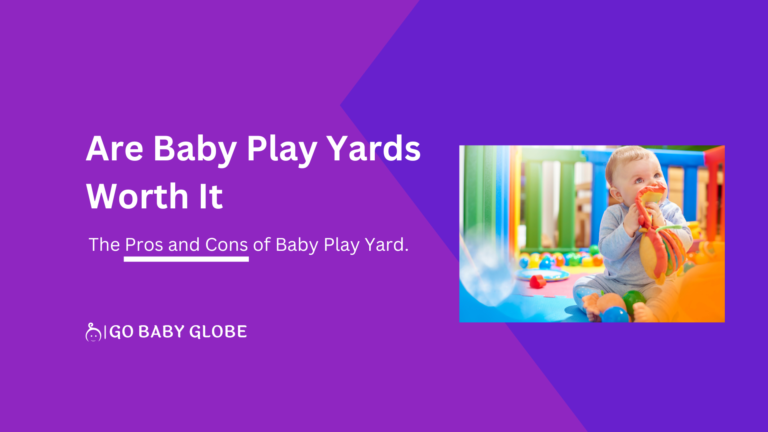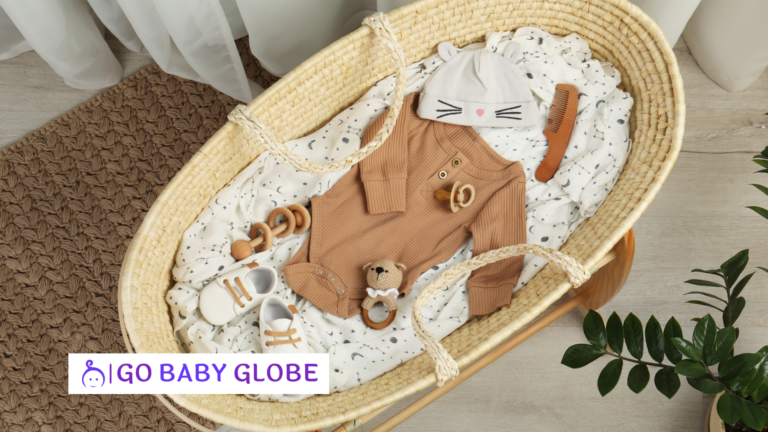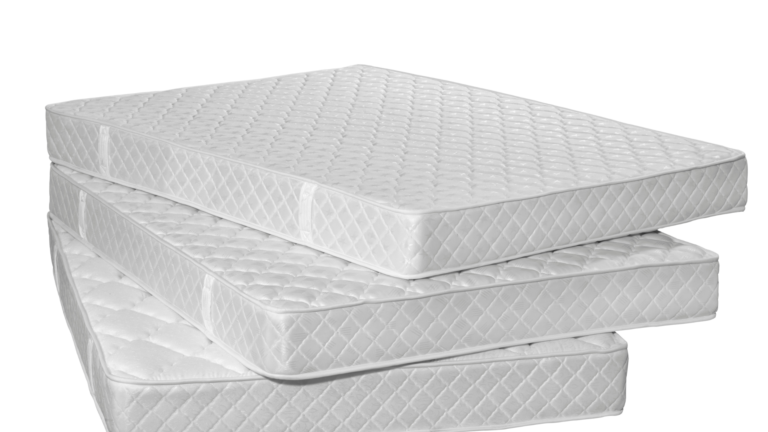What Age Do You Stop Using a Play Yard for Babies: A Comprehensive Guide
What Age Do You Stop Using a Play Yard for Babies .
In the world of parenting, one of the crucial aspects is ensuring the safety and comfort of your little ones. As babies grow, their needs change rapidly, prompting parents to make various adjustments to their environment.
One common item parents often use is a play yard, also known as a playpen or playpen for babies.
These versatile and protective enclosures offer a secure space for babies to play, nap, and explore, but determining the appropriate age to stop using a play yard can be perplexing.
In this comprehensive guide, we’ll delve into the considerations and factors that can help you decide when to transition your child out of a play yard.
Understanding the Purpose of a Play Yard
Play yards serve as a safe haven for babies, providing them with a confined space to explore their surroundings without exposing them to potential hazards.
These portable enclosures often come with soft padding, toys, and even a bassinet option for newborns.
Parents commonly use play yards for various purposes:
1. Safety and Containment
Play yards are designed to keep curious infants and toddlers out of harm’s way.
They offer a secure environment where babies can move around, play with toys, and practice crawling without the risk of injury.
2. Nap Time and Rest
Many play yards come with a detachable bassinet or a comfortable surface for babies to nap.
This feature makes them a convenient option for parents who want to keep their babies close by during sleep time.
3. Travel and Convenience
Portable and lightweight, play yards are perfect for families on the go.
They can be easily folded, transported, and set up, providing a familiar space for your baby even when you’re away from home.
Factors to Consider When Transitioning Out of a Play Yard
While play yards are undoubtedly valuable during the early stages of a baby’s life, there comes a time when your child might outgrow the need for such confinement.
Here are some factors to consider when deciding the appropriate age to stop using a play yard:
1. Physical Development
As your baby grows, so does their mobility.
When your child begins to show signs of crawling and pulling themselves up, it might be an indicator that they are ready for more space and exploration.
Typically, this occurs around 6 to 9 months.
2. Independence and Exploration
Babies are naturally curious beings. When you notice your little one actively seeking out new experiences and showing a desire to explore beyond the confines of the play yard, it could be a sign that they are ready to graduate to a larger play area.
3. Sleep Patterns
If your child has been consistently sleeping through the night and is no longer reliant on frequent night-time feedings, it might be a good time to consider transitioning them to a crib.
Many play yards have weight limits and may not provide the same level of comfort as a dedicated crib.
4. Safety Concerns
While play yards are designed to be safe, there comes a point when an active and energetic toddler might attempt to climb out.
This could pose a risk of injury. If your child demonstrates the ability to climb over the play yard’s walls, it’s a clear sign that it’s time to explore alternative sleep and play arrangements.
Making a Smooth Transition
Transitioning your baby out of a play yard requires patience and planning. Here are some tips to ensure a smooth transition:
1. Gradual Adjustment
Instead of abruptly removing the play yard, consider gradually reducing its usage. Start by allowing your child to spend more time outside the play yard during supervised play sessions.
2. Introduce a Toddler Bed
When your child is physically and developmentally ready, introduce them to a toddler bed. Make the new sleeping arrangement exciting by involving them in selecting sheets or blankets.
3. Create a Safe Sleep Environment
Ensure that the new sleeping space is safe and conducive to sleep. Remove any potential hazards and create a calming bedtime routine to ease the transition.
In Conclusion
So, all that being said, the general recommendation is to stop using a playpen for babies when they are able to climb out of it, or between 18 and 24 months of age.
However, this may vary depending on the individual child and their development.
Some babies may be able to climb out of a playpen earlier than 18 months, while others may not be able to until they are closer to 24 months.
It is important to supervise your baby closely in a playpen and to remove them if they start to show signs of wanting to climb out.
If you are unsure when to stop using a playpen for your baby, it is always best to consult with your pediatrician.
They can help you assess your baby’s development and make a recommendation based on their individual needs.

